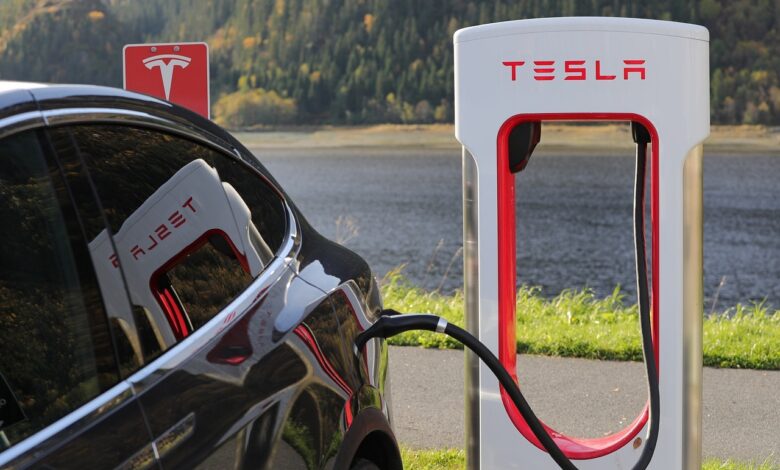The Ethics of Self-Driving Cars: Who’s Responsible in an Accident?

As self-driving cars become increasingly prevalent on our roads, they raise complex ethical questions, particularly regarding liability in the event of an accident. The transition from human drivers to autonomous vehicles necessitates a reevaluation of traditional notions of responsibility and accountability. This article delves into the ethical implications of self-driving cars, focusing on who should be held responsible when things go wrong.
The Paradigm Shift in Responsibility
Traditionally, human drivers are held accountable for their actions behind the wheel. In the case of an accident, liability is often determined by assessing factors such as negligence, recklessness, or adherence to traffic laws. However, self-driving cars operate using algorithms and artificial intelligence, complicating this model. When a vehicle makes a decision that results in an accident, who is at fault: the manufacturer, the software developer, the owner, or even the car itself?
Manufacturer Liability
One potential avenue of responsibility lies with the manufacturers of self-driving technology. If a vehicle’s software malfunctions or if the sensors fail to detect an obstacle, the manufacturer may bear some liability. This raises ethical questions about the extent to which companies should ensure the safety and reliability of their products. As they profit from the technology, it becomes crucial that they also prioritize consumer safety.
Software Developers and Data Responsibility
Another layer of complexity is added by the role of software developers. Autonomous vehicles rely on sophisticated algorithms and vast amounts of data to make driving decisions. If an accident occurs due to a flaw in the algorithm or inadequate training data, should the developers be held accountable? This perspective emphasizes the ethical responsibility of those creating the software to ensure that it meets rigorous safety standards.
The Owner’s Role
The vehicle owner’s responsibility also comes into play. If an individual chooses to operate a self-driving car, should they be liable for its actions? This raises questions about informed consent and whether consumers fully understand the limitations and risks associated with autonomous technology. Additionally, owners may have a responsibility to keep the vehicle’s software updated and maintained, which could factor into liability considerations.
Ethical Dilemmas in Decision-Making
Self-driving cars must make split-second decisions in critical situations, leading to ethical dilemmas. For example, if a car must choose between swerving to avoid a pedestrian and risking the lives of its passengers, how should it decide? These scenarios challenge our moral intuitions and raise questions about whose lives should take precedence in life-and-death situations. The programming of such ethical decision-making into autonomous vehicles adds another layer of complexity regarding responsibility.
Public Policy and Regulation
As society navigates these questions, public policy and regulation will play a crucial role. Governments must establish clear guidelines about liability in accidents involving self-driving cars. Regulatory frameworks could help clarify the responsibilities of manufacturers, developers, and owners, ultimately fostering a safer environment for both drivers and pedestrians.
The Future of Responsibility
The integration of self-driving cars into our transportation system presents an unprecedented challenge to our understanding of responsibility. As technology evolves, so must our ethical frameworks and legal standards. It is essential for stakeholders—including manufacturers, developers, regulators, and consumers—to engage in ongoing discussions about these issues.
Conclusion
The ethics of self-driving cars and the question of responsibility in accidents are complex and multifaceted. As we move toward a future where autonomous vehicles become commonplace, addressing these ethical dilemmas will be crucial in shaping a safe and just transportation landscape. By establishing clear accountability and fostering a culture of responsibility, we can navigate the challenges posed by this transformative technology.




